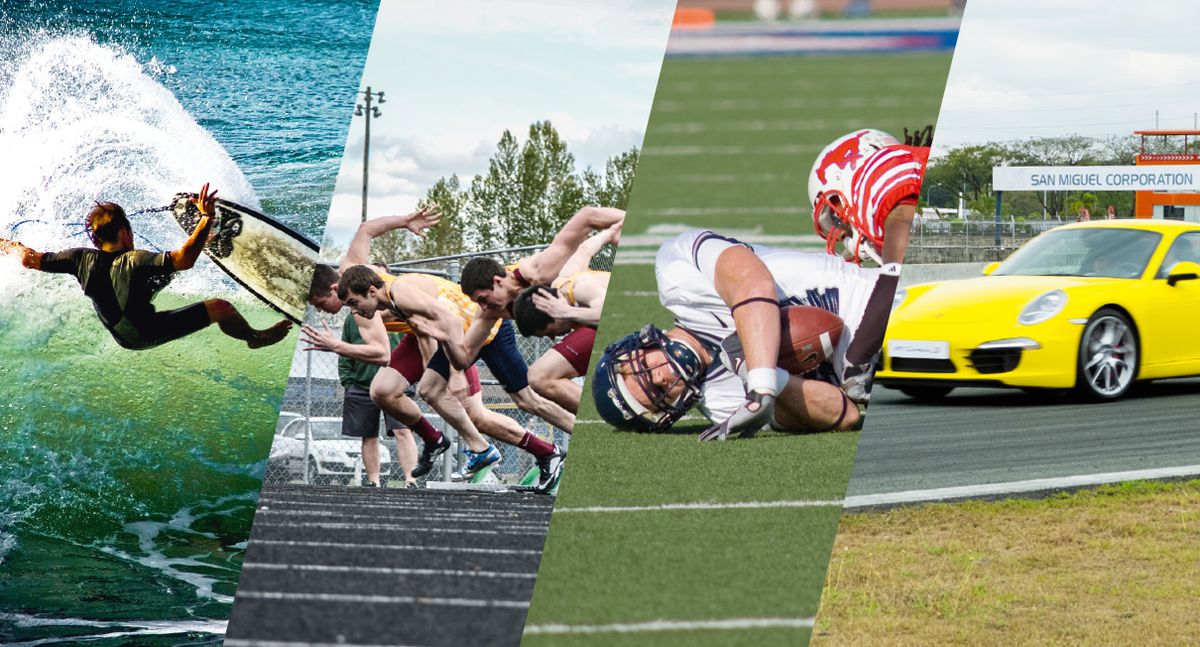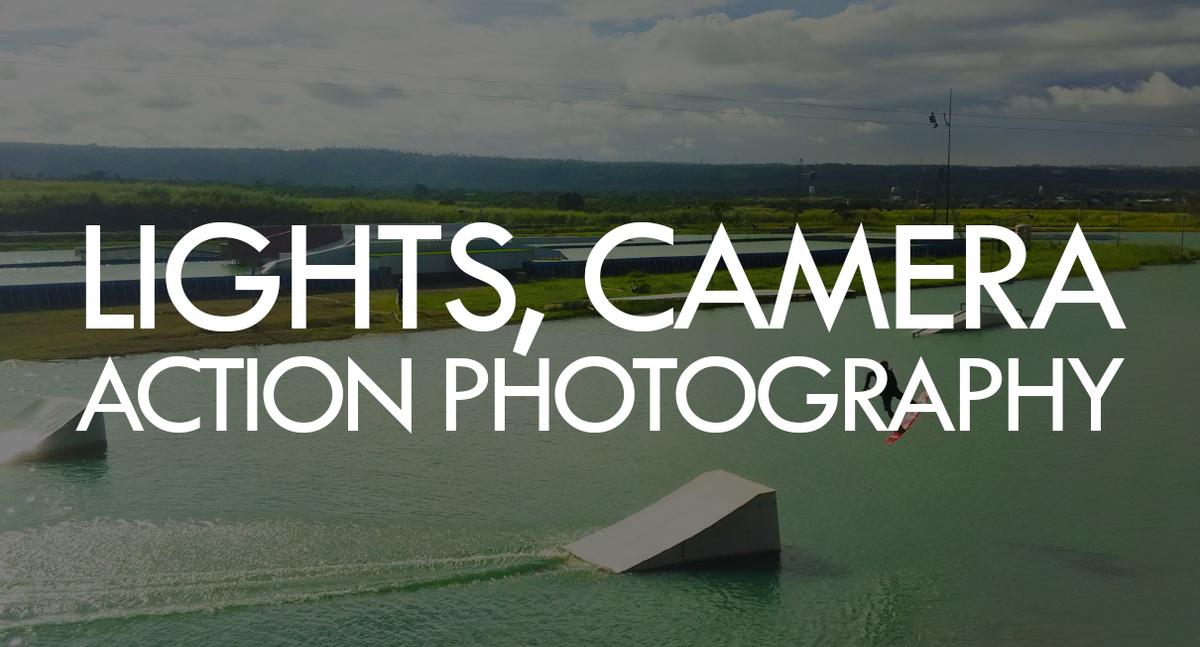Photography freezes a moment in time, whether that be a sunset at the beach, a portrait of a loved one, or us humans doing awesome, jaw-dropping stunts. If you find that you’re ending up with blurred moments when trying to capture fast-moving, blink-and-you-miss-it events, then this guide is for you. Grab your DSLR and let’s get snapping.

Gear Up
When it comes to gear, the most important thing you need is a lens that you’ve mastered. Though having a cannon-esque barrel like a professional sports photographer is ideal, don’t underestimate your shooter’s 18-55 mm kit lens.
But should the stock glass prove to be insufficient for your needs, I’d suggest gunning for a zoom telephoto lens. You don’t even need a fast one with a typically low price-to-performance ratio. A 55-200 mm f/4-5.6 lens is a good upgrade as it provides ample wiggle room to get closer to your subject without having to physically get in their face. Additionally, it’s able to let in ample amounts of light even when zoomed in, meaning you can work with faster shutter speeds for sharper and blur-free photos.
If you don’t have the dough for a longer lens, then see my recommended camera settings below.
Get to the Right Spot
Don’t go to where the action is building up; instead go to where the action actually happens. Try it for yourself. Go to your neighborhood basketball court, plop yourself at half court, and take a few photographs of those who are playing. Now, compare those shots to the ones where you’re seated along the baseline. You’ll find that the latter position will allow you to net tighter and visually more interesting shots. Just make sure you ask permission from the players lest you be labeled “that creep with the camera.”
Though keep in mind that there are dangers to trying to get as close to the action as possible. I’m sure you’ve seen athletes diving into the crowd due to a Hail Mary play. When you’re handling an expensive investment and the balls and bodies come flying, there’s a chance you might go home with one, a bulky paperweight; and two, possible injuries. That’s a scary thought for sure, but what’s action photography without being involved in the action yourself?
Tweak Your Camera Settings
The easiest way to get your camera prepped for taking shots of fast-moving subjects is by switching it to either Sports or Aperture Priority mode. The first tells the camera to automatically dial in the best shutter speed, aperture size, and ISO value for your focal length; while the latter allows you to dictate how open your aperture is while leaving other elements such as shutter speed to your camera. When using Aperture Priority, you’d generally want the smallest f-stop number for the widest possible aperture. That way, the camera has to compensate with a fast shutter speed, allowing for well-lit, shallow depth of field shots. This is especially useful in bright locations.
Alternatively, you can use Shutter Priority mode if you find that your shots are blurred even on the widest aperture. However, this mode has greater tendency to produce dark shots, so you’d have to forego Auto ISO and dial in the highest tolerable ISO number. This usually falls around the 1600 mark, though go higher if need be. A noisy image is much better than a blurred shot after all.
Why not go full manual, you ask? It’s for the simple reason that by the time you’ve finished fiddling with all the settings, the moment may have already passed. Getting just the right exposure takes some time, and you’d be hard-pressed to make your subjects freeze themselves just for your shot.
Another trick is to switch from RAW to JPEG image format. With the much smaller JPEG files, you can go crazy on your shooter’s burst mode without worrying about running out of SD card space. Though you sacrifice a bit of post-processing flexibility, you’re guaranteed to end up with the key moments you’re looking for.
Composition
Now that you have your gear and settings down pat, how should you compose your shots?
It’s generally a good idea not to fill your frame completely with the subject. Shooting-wise, not zooming in all the way gives your shot enough room to still capture the subject in his entirety without cutting off any body part while he moves. This technique also helps you get enough looking room, which in turn helps convey motion in the static image.
To further give your shot the illusion of motion, you can also pan your camera. Following the subject with your optical viewfinder allows you to effectively blur the background while keeping your subject sharp.
Of course, don’t forget other essential composition rules such as the rule of thirds and the golden ratio to give your images further visual appeal.
Also published in GADGETS MAGAZINE May 2016 Issue
Words & Photos by Chris Noel Hidalgo | Additional Photos from www.flickr.com
